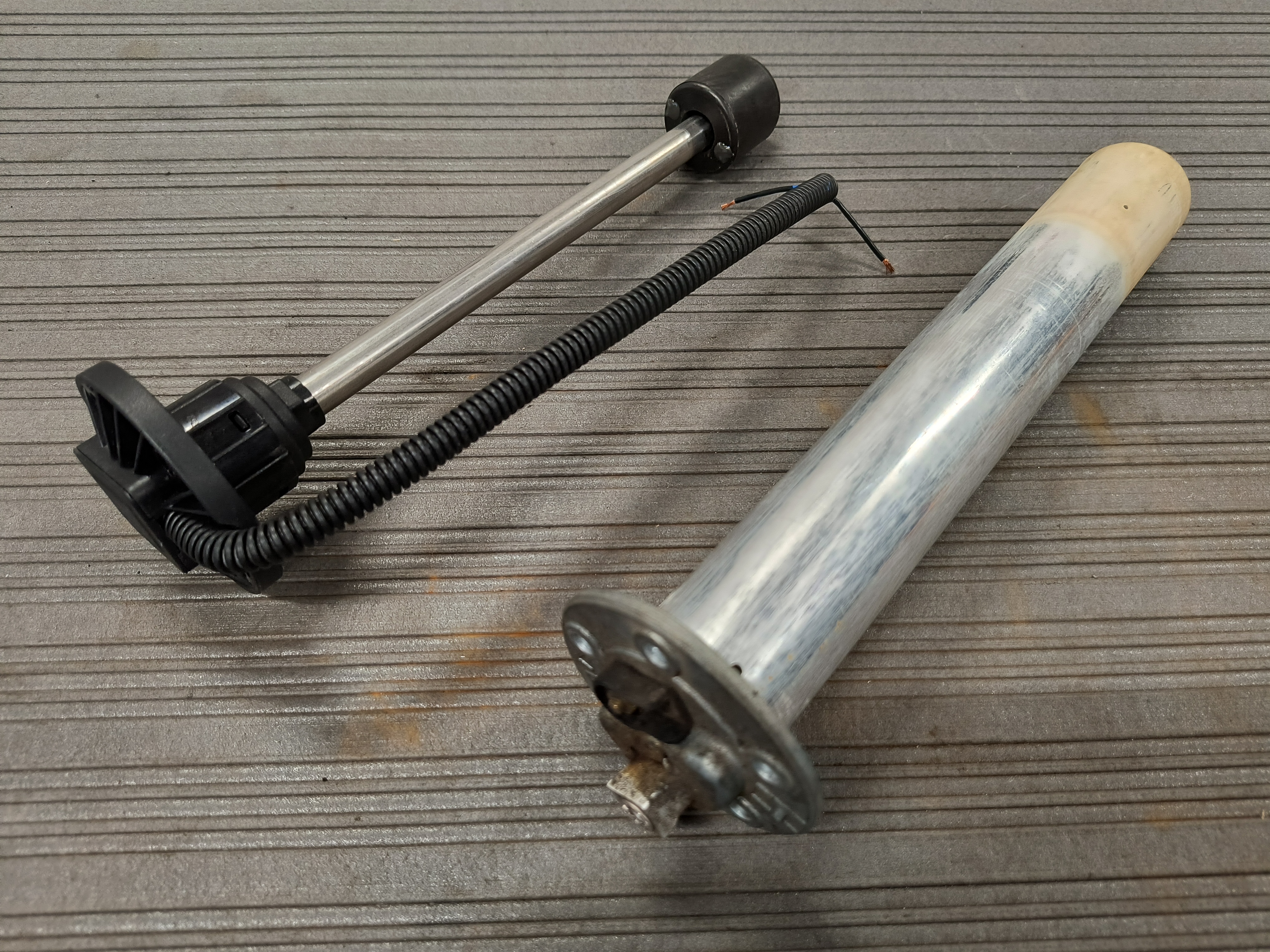1995 Morgan Plus 8 work
- Published: 2024-02-14
Factory mismatched engine temperature sensor
During an early test drive of my 1995 Morgan Plus 8, I noticed that the engine temperature gauge would climb well past 130 degrees C (266 degrees F), but there were otherwise no signs of overheating. Furthermore, the temperature read by the 14CUX ECU was much more realistic (less than 110 C). This suggested that there was a problem with the signal being sent to the dashboard gauge, causing it to read too high.
Although it wouldn't surprise me to find a bad connection caused by a loose wire or oxidation, such a problem would increase the impedance, which would actually cause the gauge to read too low rather than too high. I bench-tested the gauge itself to find that it was working exactly as it should per the spec. I then checked the impedance range of the thermistor against the range of the gauge and found that they were mismatched! Morgan Motor Company selected a VDO gauge package for the cars they built around this time, but they left the original coolant temp sensor (Land Rover AMR1425) installed in the Rover V8's manifold. The result is that the dashboard gauge will climb much quicker than it should during warm-up, and it will continue to climb until it is indicating a bad overheat condition.
I certainly wanted to keep the same dashboard gauge, so I elected to replace the temp sensor in the engine. Fortunately, VDO produces a sensor that has the same form factor and the same 1/8"-NPT thread as the original Land Rover part. The VDO sensor is part number 323-057, and its impedance matches the range to which the gauge is calibrated. The sensor is sold under the Continental brand in some markets, and it's available from retailers like Summit Racing.
Fuel gauge replacement
There are often complaints about the fuel gauge in Morgans being inconsistent or inaccurate. This was the case in my car, where the gauge would give sporadic readings that were usually too low. In the '95 Plus 8, the gauge and sender were both supplied by VDO, and are calibrated with the range of 90 Ohms (indicating an empty tank) to 1 Ohm (full tank). Again, I bench-tested the gauge itself to find that it is working correctly. I then removed the sender from the tank and tested it independently. It was giving resistance values all over the place, and usually much higher than the 90 Ohm maximum. This indicated a bad sender unit, so it needed to be replaced.
This tube/float sender that Morgan sourced in 1995 was VDO part number 224-225, but it's out of production and has been superseded with VDO 2910002233900. The new part is functionally identical but has a significantly different design, with a magnetic float ring that closes a series of reed switches in a central tube as it is raised and lowered. When I ordered a replacement sender unit, I had to get it from a supplier in Germany since it doesn't seem to be readily available in North America. However, its mounting flange is the standard SAE 5-hole pattern with 2 1/8" (54 mm) bolt circle. If you adhere to the same mounting pattern, you should be able to substitute any tank level sender that uses the right dimensions and impedance range. The tubular section should be 250 mm deep and no more than 40 mm in diameter, with a 90 Ohm (empty) to 1 Ohm (full) range.
